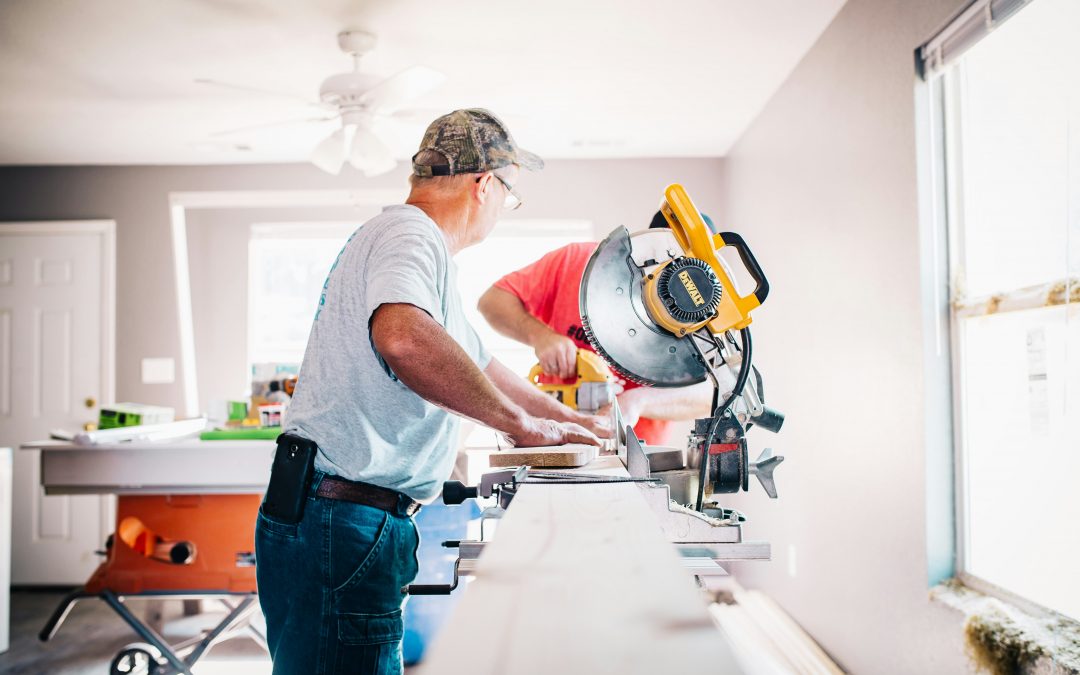
by bexadmin | Jun 14, 2024 | Recent Events
We come into every year planning the way forward with the best information we have available. We draw on past performance to indicate future behavior, check the current pace and direction, and then estimate what’s going to happen next. As with every progression over...
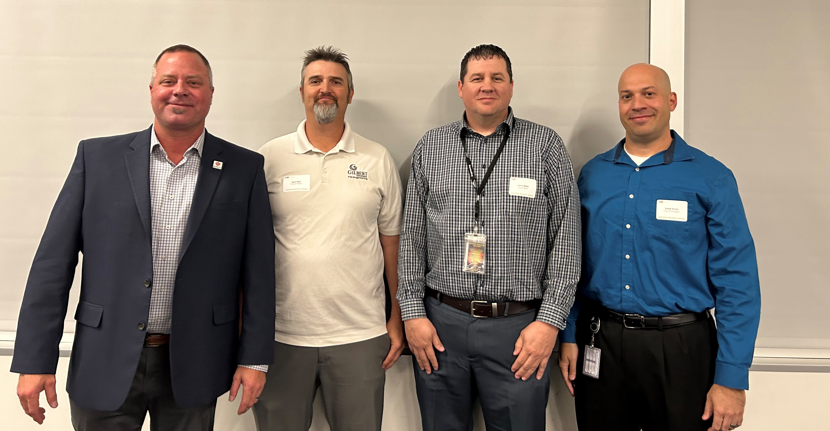
by bexadmin | Apr 12, 2024 | Recent Events
Interest in, and activity around, public works and infrastructure projects has seen a boost in the last several years, as massive federal spending has flowed down to the local level and as local bodies work to accommodate growing populations and demands for services....
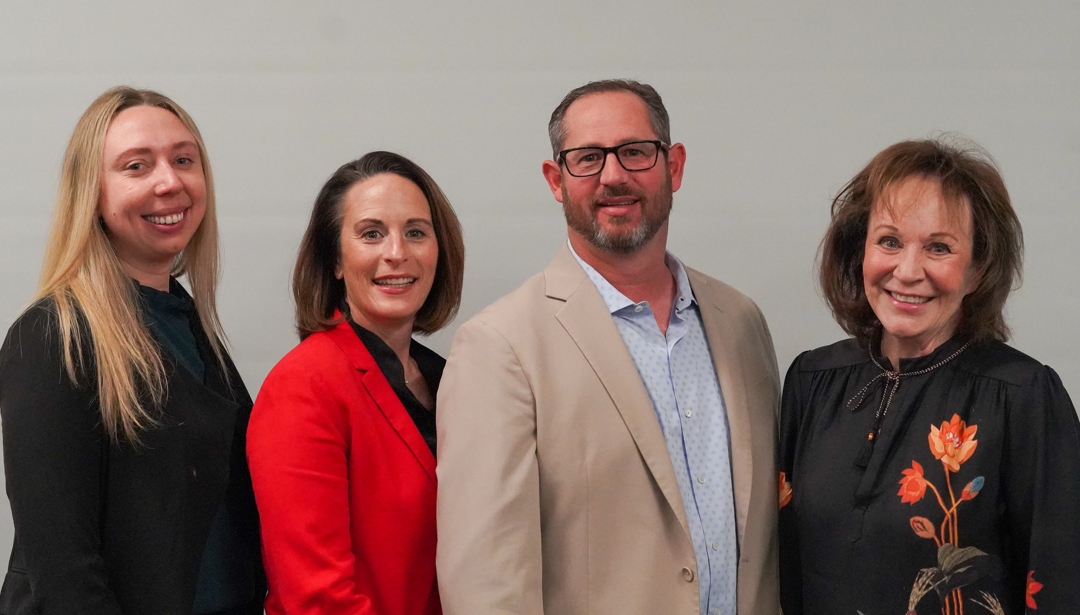
by bexadmin | Mar 8, 2024 | Recent Events
The speakers at this week’s BEX Companies Healthcare Leading Market Series event showed that, while most of the crises of the last few years have passed (or at least have become the clichéd “new normal”), they taught vital lessons and influenced how development,...
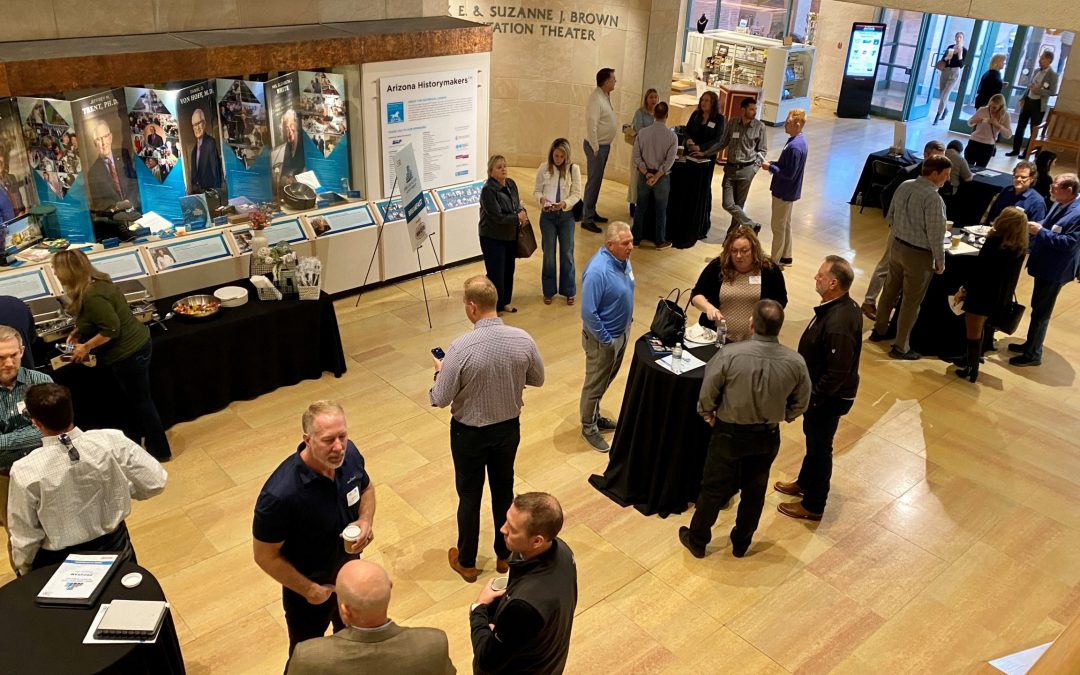
by bexadmin | Feb 2, 2024 | Recent Events
By Roland Murphy for AZBEX Every year, this turns out to be one of the hardest columns to write. It’s the classic conundrum of having too many good things to say about too many topics while still balancing priorities. When you’re a proud data geek reporting on the...
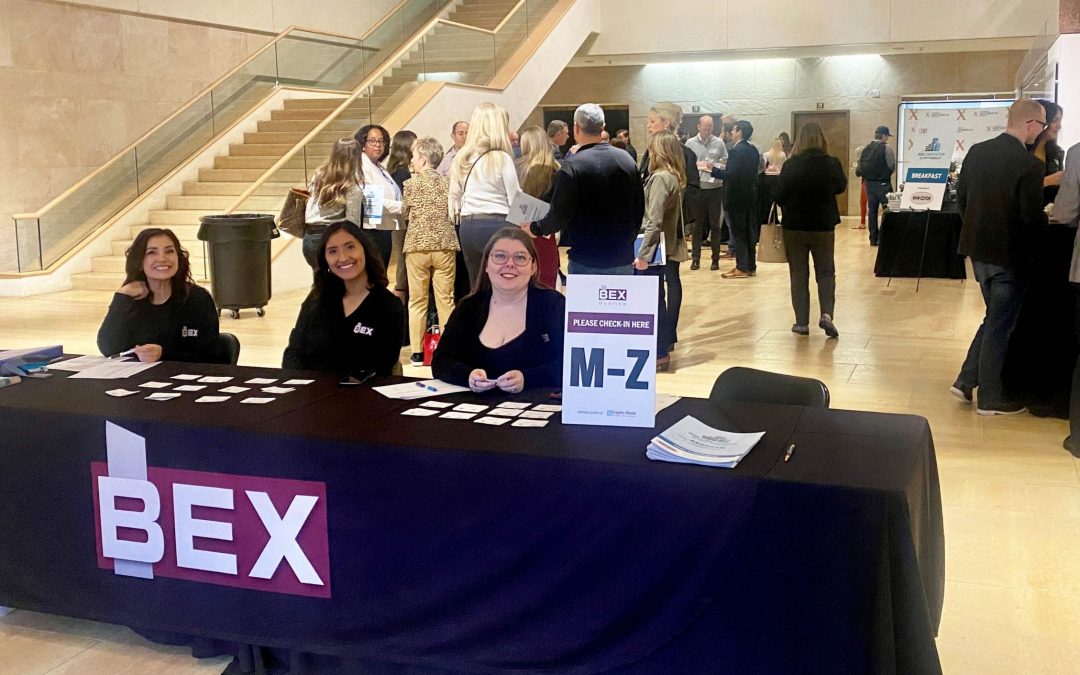
by bexadmin | Jan 26, 2024 | Recent Events
By Roland Murphy for AZBEX – BEXCLUSIVE Water is the only outside consumable allowed in the auditorium at the Arizona Heritage Center in Tempe. Attendees of the initial session of BEX’s 2024 Construction Activity Forecast event this week wouldn’t have noticed, as they...
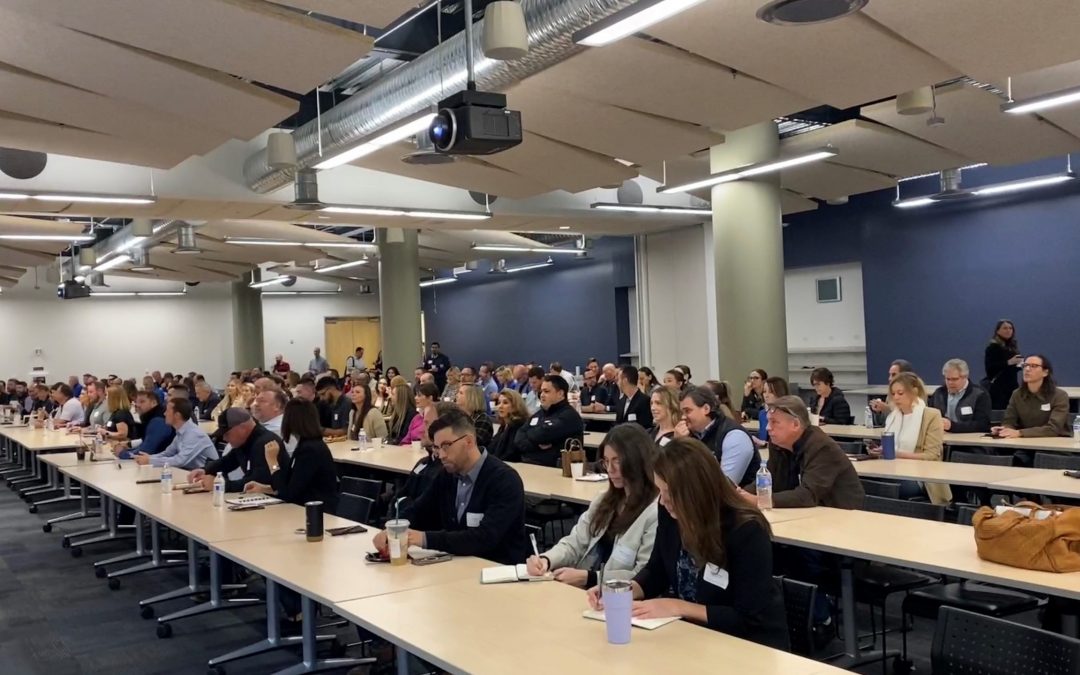
by bexadmin | Dec 11, 2023 | Recent Events
By Roland Murphy for AZBEX The BEX Leading Market Series Higher Education Capital Projects presentation is consistently one of the highest attended every year. The 2023 session held Dec. 5 at SkySong proved to be no exception. A near-capacity crowd came out...








 STEVE BOSCHEN
STEVE BOSCHEN WENDY COHEN
WENDY COHEN ERIC FROBERG
ERIC FROBERG



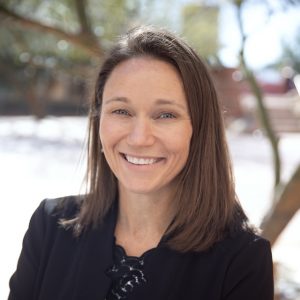 REBEKAH MORRIS
REBEKAH MORRIS